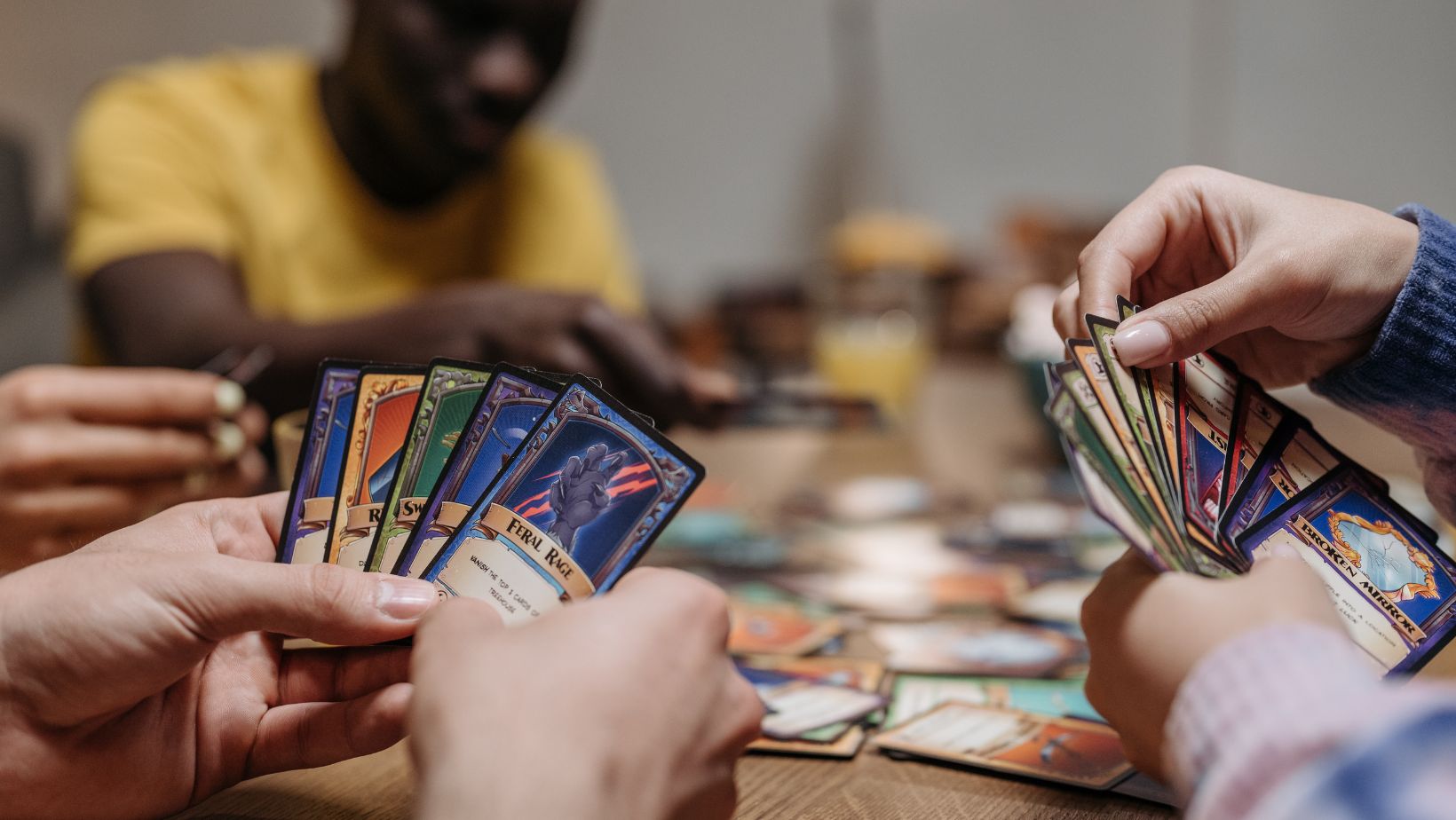How Do You Celebrate National Visit Your Local Quilt Shop Day

Quilting is an old-fashioned art form that is gaining renewed notice. Quilts have been used as blankets for thousands of years.
In the American colonial era, quilting parties and quilting bees were a popular way for women to get together to socialize while they created bedding for friends, for special occasions, and as projects for community causes. Quilts were laid on the bed, hung as curtains over windows and doors, and used as insulted clothing.
Today, quilts are often viewed as art creations and are displayed in museums and art galleries. Regardless of whether you’re a quilting master or you spend your leisure time playing blackjack real money games and want a break, celebrate National Visit Your Local Quilt Shop Day, which was created to pay homage to quilts and to the quilters who create these masterpieces.
Quilting History
No one is certain when quilting began, but there is evidence that the ancient Egyptians made quilted clothes as long ago as 5000 years. In India, babies were swaddled in soft kantha quilts starting approximately 3500 years ago, and quilts have been found in pre-Columbian Aztec relics, Japanese Haori art, Tibetian religious artifacts, and as part of African storytelling. In Europe, the history of quilting can be traced back to medieval times, and examples from 13th-century England still exist.
Each society created its quilts according to its practices and styles, but all quilts involve stitching layers of material together. By the Middle Ages, most quilts were bed covers, and they were made of two layers of fabric and a third layer of wadding (padding) in between.
The layers were held together by lines of stitching, the patterns for which were based on a design. Some quilters quilted clothing that was both warm and light.
In any quilted piece, the stitches must each catch all the layers. The stitches are themselves, decorative patterns.
There are three basic types of quilts — patchwork quilts, made from pieces of cloth torn into various shapes and then stitched together; embroidered quilts where the embroidery stitches form patterns on solid colored fabric and appliqué quilts which are made from intricate cut-out shapes,
Making a quilt has always been a time-consuming endeavor because the quilts typically are made to cover an entire bed which makes making quilts a difficult process. When, however, dozens of people gather to make a quilt, it’s possible to create a quilt in a few hours, so both the work and the process are enjoyable and efficient.
In colonial times in America, early quilters were women from England and Holland who would look forward to quilting “bees” as a time when they could visit while doing something useful. They would often create quilts to fill the hope chests of new couples, and the patterns would have meaning for the intended recipients.
As time went on, more patchwork quilts were produced – quilts of “pieced work” where pieces of fabric were stitched together to form a flat design and then joined together from the back using whip stitches. Patchwork quilts were often created using leftover fabric scraps or material from old clothes.
Quilt Shops
Today “quilting bees” have migrated to quilt shops where quilters get together to explore quilt-making in the company of other like-minded quilters. When you visit a quilt shop, you’ll find a wide range of quilting supplies, patterns, kits, and plenty of dedicated quilters who are happy to help novices get started.
The fabric in quilting stores differs from that found in fabric stores in that the fabric weave and printing method used for quilting fabric is softer and of a higher quality. Using the wrong type of fabric can make it difficult to fit the pieces properly because the fabric can stretch, so it’s hard to create accurate seams and points.
The best fabric to use for quilts is 100% quilting cotton which lasts the longest and is the easiest to work with. It’s also a good idea to prewash the fabric to prevent shrinkage and prevent the leakage of fabric dyes.
Seasoned quilters will be happy to sit with you at the quilt shop and share their best tips. Some include:
· Always double-check your measurements before you cut.
· Ask the quilt store personnel to help you find a proper quilting needle. Some needles are better suited for quilting than others.
· Ask for help if you need it. There’s nothing that quilters love more than to help a fellow quilter through a rough patch.
Famous Quilts
Quilts not only display the artistry and creativity of the quilter(s), but they also tell stories. Some of the most famous quilts include
The Jane Stickle Quilt
The Jane Stickle quilt was made in 1863 during the American Civil War. It is made up of 169 miniature blocks, each with its own pattern, placed together in innovative geometric precision. The design is completely original, as is the composition, and attests to the perseverance of the quilt’s creator, Jane Stickle, who was able to overcome the loneliness of life on a farm while her husband was away at war to assemble such a masterpiece.
Stickler’s quilt is a “sampler quilt” with uniquely patterned blocks that have been intricately pieced with as many as 40 pieces per block in sizes of as little as one to two inches. Many of the block patterns are completely unique, and it’s clear that the creator was a master of geometry. Fabrics include plain white cotton, even-weave gingham, and printed calicos, which were carefully arranged by color in the quilt’s layout. Each block uses a unique fabric.
The Martha Howard Quilt
The oldest-known American-made whole-cloth quilt is the Martha Howard Quilt which was completed in the years following America’s Revolutionary War at the end of the 18th century. Part of the attraction of the quilt is its history – it was lost for many years and only recently re-discovered in a long-forgotten chest. The quilt’s design is embedded into the salmon-pink think wool cloth, where Howard sewed each leaf and feather using tiny stitches that are still visible.
Rosie Lee Tompkins Quilts
Rosie Lee Tompkins was born Effie Mae Martin Howard. She was born in Arkansas in 1936 and lived her life as a quiltmaker and fiber artist. Tompkin’s quilts were recognized for their jazzy sense of composition and intricate control of color. They drew comparisons to the era’s great abstractionist painters.
Tompkins quilts are full of articulation and emotional urgency that meld color, form and shape through the innovative use of traditional quilting fabrics as well as faux fur, velvet, and shimmery fabrics. Some of Tompkins’ creations were creative and irregular, while others incorporated traditional quilt patterns.






